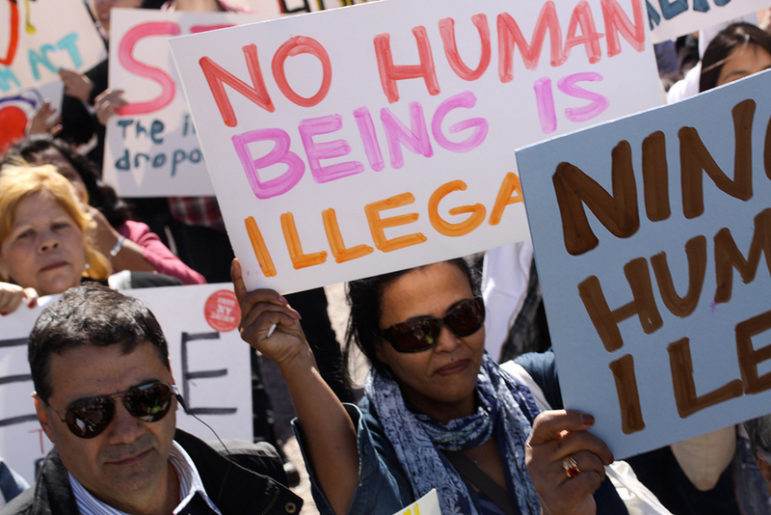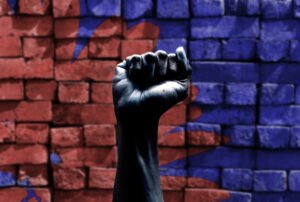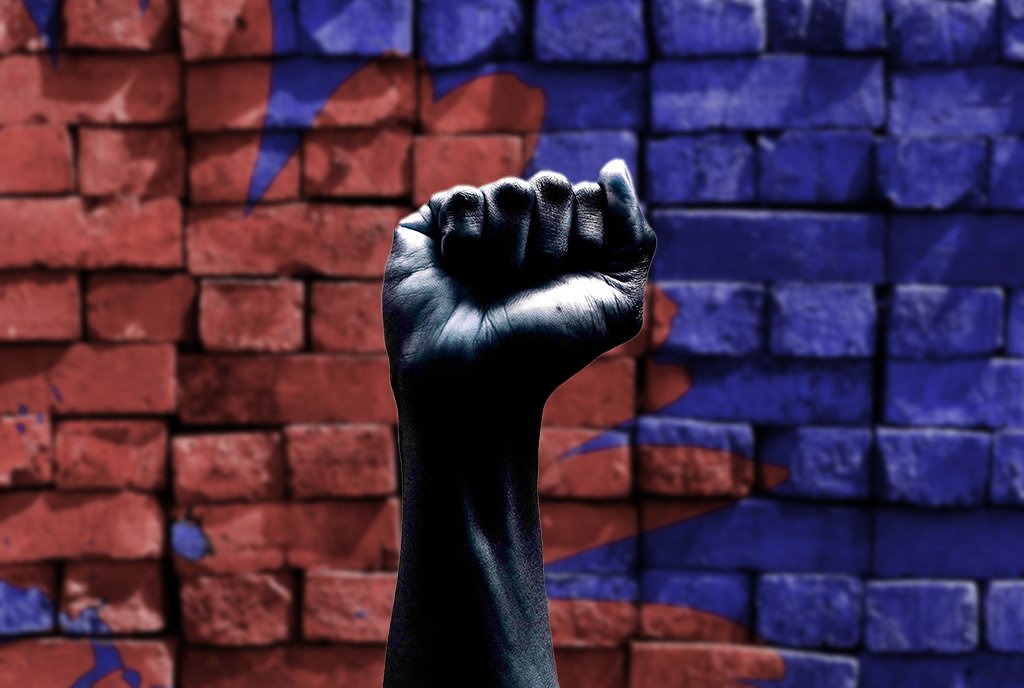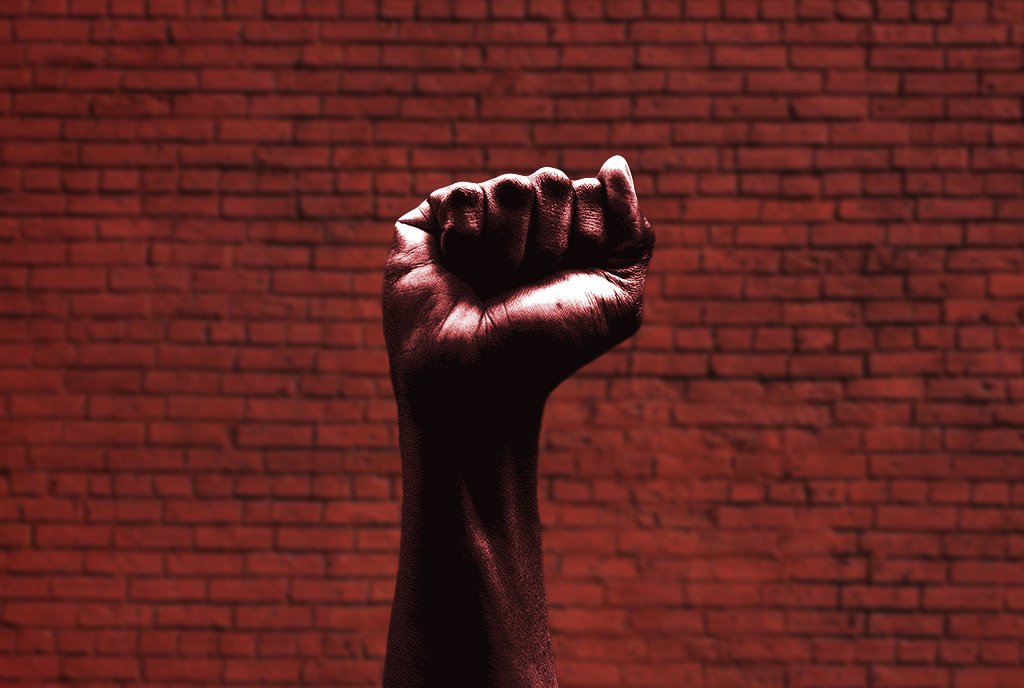
June 27, 2016, Stamford Advocate
Connecticut residents who are undocumented immigrants rallied in Bridgeport and Hartford to call for a moratorium on deportations, detentions, and raids. Their protest follows the one-sentence Supreme Court ruling (without comment or dissent) last week that crushed the hopes of some four million undocumented immigrants whose deportation might have been deferred and who may have been allowed to work legally in the United States. It was also a crushing blow to President Barack Obama’s controversial executive actions on immigration. The issue will return to the lower court.
For millions of undocumented immigrants, fear lingers. A presidential election overshadows future legislation. Many will choose to stay hidden in a precarious attempt to live a normal life. To step out of the shadows to protest for change and to humanize their plight could mean a one-way trip out of the United States. As the Stamford Advocate reported:
Catalina Samper-Horak, executive director of Neighbors Link in Stamford, a nonprofit that provides Mexican, Guatemalan and other Latino immigrants nutritional counseling and programs to help their children in American schools, said she hopes the message of the protests were heard. “We need everyone to understand how broken our immigration system is in this country and how important it is for us to have a comprehensive immigration reform,” she said.
Samper-Horak said the protests are proof the immigration system is hurting a significant portion of the population, not only in Stamford but across Fairfield County and the rest of the state.
Sign up for our free newsletters
Subscribe to NPQ's newsletters to have our top stories delivered directly to your inbox.
By signing up, you agree to our privacy policy and terms of use, and to receive messages from NPQ and our partners.
In neighboring Norwalk, Brien McMahon High School valedictorian Laura Veira, an undocumented Norwalk resident from Colombia (her family moved to the US when she was three years of age), is on her way to Harvard University in September. Longtime Fairfield County reporter Tom Renner writes about her moving story in the Norwalk Daily Voice. This YouTube video captures the moment Veira read her Harvard acceptance letter online and learned that she had been awarded a full scholarship. (Harvard does not require proof of citizenship or residency.) For Veira, hiding is no longer an option.
Several Connecticut cities make it unnecessary for undocumented immigrates to keep their immigration status a secret. New Haven became one of the nation’s first sanctuary cities in 2007, and Hartford followed soon after, meaning that undocumented residents are issued photo IDs to access city services, and police do not collaborate with federal officials on deportations. The Stamford Advocate story indicates that there is now an effort underway to declare Bridgeport a sanctuary city.
“It is something that New Haven did several years ago, and it is something that we can do to keep families together,” said Bridgeport Councilman Jose R. Casco, D-136th, as he participated in the Bridgeport rally outside the U.S. District Court on Lafayette Boulevard. Av Harris, a spokesman for Bridgeport Mayor Joe Ganim, said designating the city a “sanctuary” would need serious consideration.
NPQ has followed the reactions to and analysis of Barack Obama’s two (now failed) executive immigration actions, Deferred Action for Childhood Arrivals and Deferred Action for Parents (DACA and DAPA), and about the nativism this kind of action agitates. For the 11.4 million undocumented immigrants in the United States, the verdict is still out on whether they will be able to remain legally in the United States. Some will continue to protest. Some will hide. Bridgeport may join New Haven and Hartford in offering sanctuary. Laura Veira is going to Harvard.—Jim Schaffer













